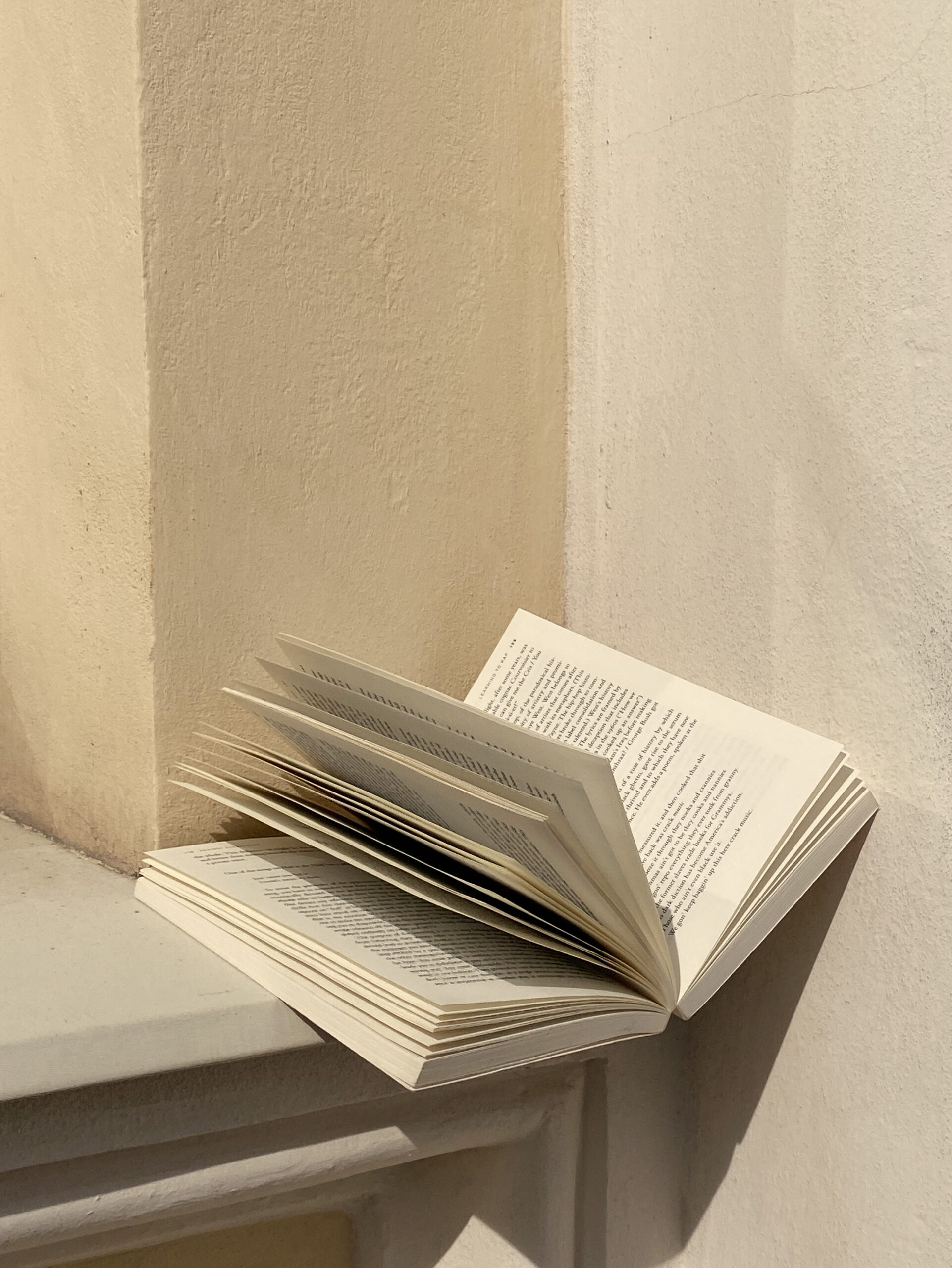
Freezing the time
When I was a child, I remember having a vision of leaves swirling up and flying away. I couldn’t go through or pass this swirl but had to stop and watch. Sometimes it was like a thunderstorm, like electricity in the air, as adults would say. The swirl reminded me of Rudolf Koivu’s illustrations. Sometimes it was my proof of existence; the swirl froze the time and made me view everything from the outside. It proved that I was alive.
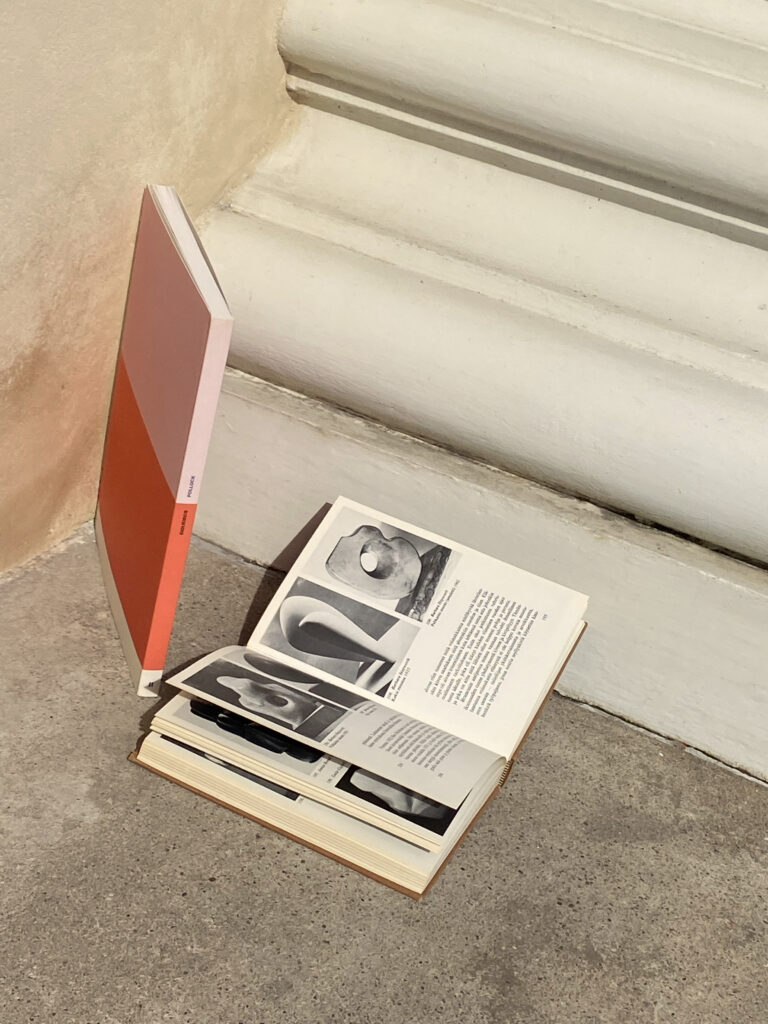
When I came to Helsinki as a teenager and visited the National Library of Finland, I knew I had found the origin of the mysterious swirl. In the Cupola Hall of the National Library, all those books and papers through which thousands of fingers had flipped. The cupola led to where the papers went: to one’s imagination, straight through the roof.
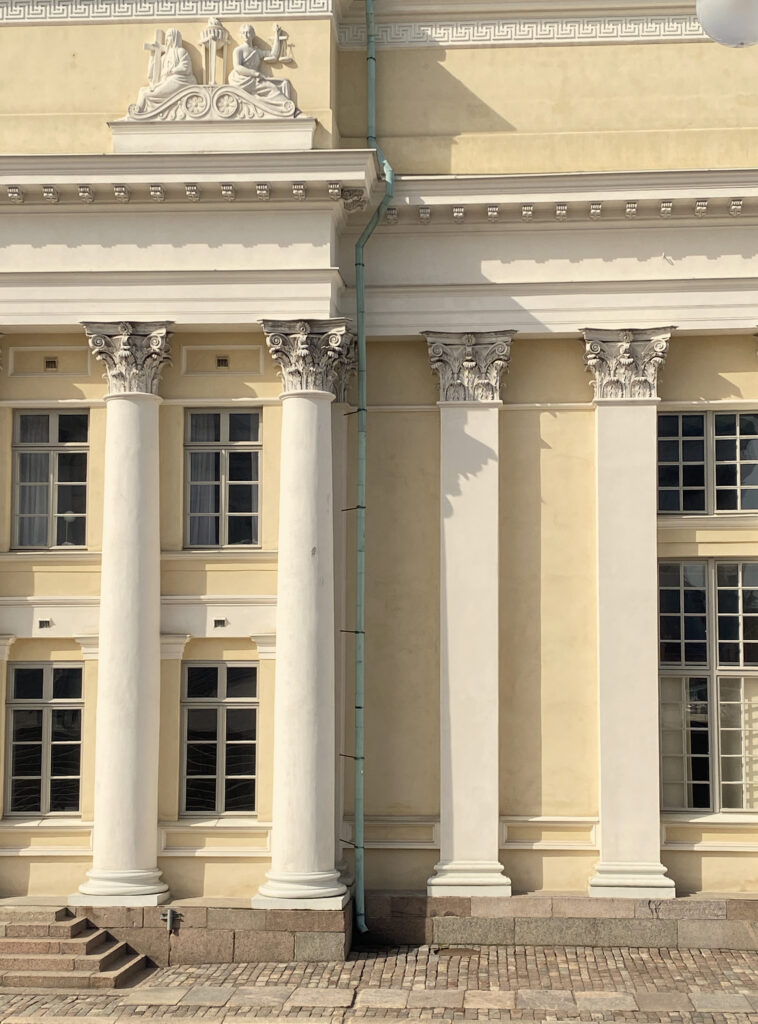
Designed by Carl Ludwig Engel, a master of discreet harmony, and completed in 1840 to function as the main library for the University of Helsinki, the building is a marvellous place. You can roam amongst the old volumes, from one floor and corner to another, and find things you couldn’t imagine finding when entering. Eventually you’ll find a nook to flip through random books, read a few lines here and there, memorize them or write down your thoughts. When you look up, time is still frozen but, miraculously, three hours have passed.
The book collections of museums and universities offer an incredible treasure trove alongside more ordinary libraries. In the library of the Finnish Heritage Agency, you can become absorbed in works of art, history and archaeology from various decades. In the Museum of Finnish Architecture, you’ll find works about architecture and social engineering, cities, history and parks. You can rent your own private time capsule in these premises, by a patinated linoleum table, where the soft rustling pages and rough or silky covers of books create an imaginary refuge. This is how to momentarily escape the overly conscious and presentational existence in the digital world.
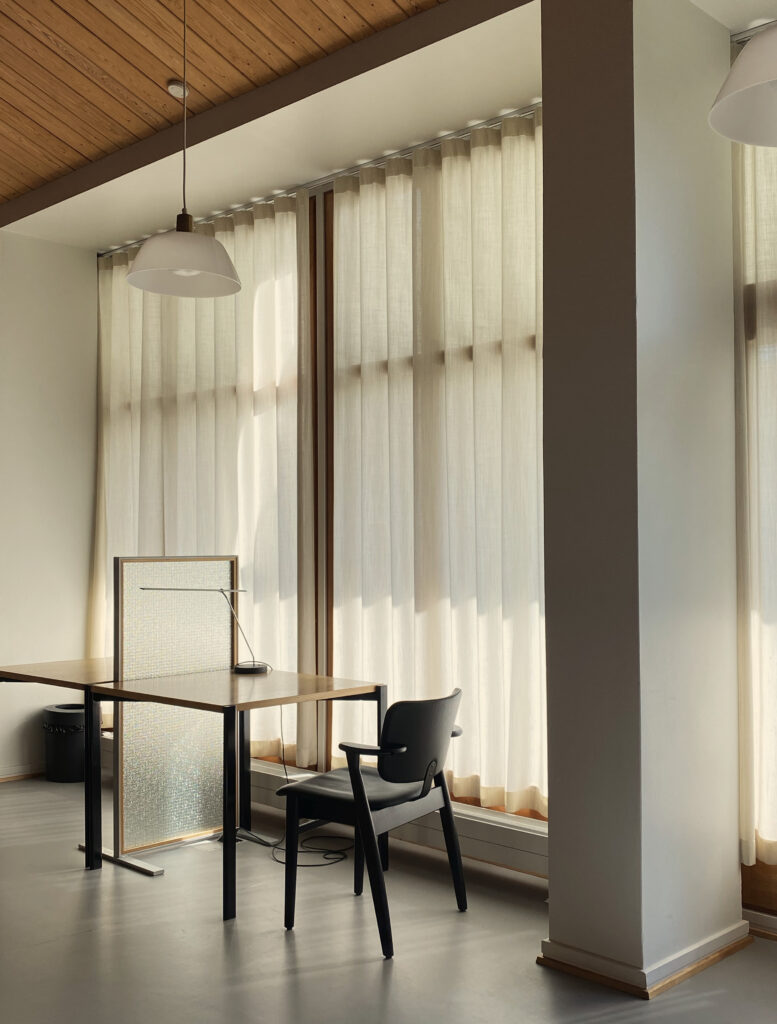
In particular, I think it’s wonderful that these collections are not separated onto different shelves per language. German, French, Swedish – all amicably together – and the seeker is not boxed based on probability. Despite your language skills, you can run your fingers over the beautiful spines. When you open a random book, you’ll find someone has underlined what they thought was particularly important. Printing technology from various eras adds a dimension to the books’ illustrations.
Same type of random treasure hunting can be done in the various second-hand book stores in Helsinki. Very close to the University, you’ll find Sofia with neatly organized shelves of non-fiction and specialty books of high quality. Hagelstam’s on Fredrikinkatu is a classic horn of plenty of wildly stacked quality literature in a mystical, dim-lit atmosphere. Antikvariaatti Kimmo Välkesalmi on Albertinkatu, Pufendorf on Lönnrotinkatu and Runebergin Antikvariaatti on Runeberginkatu provide similar guaranteed service for the accidental book-seeker.
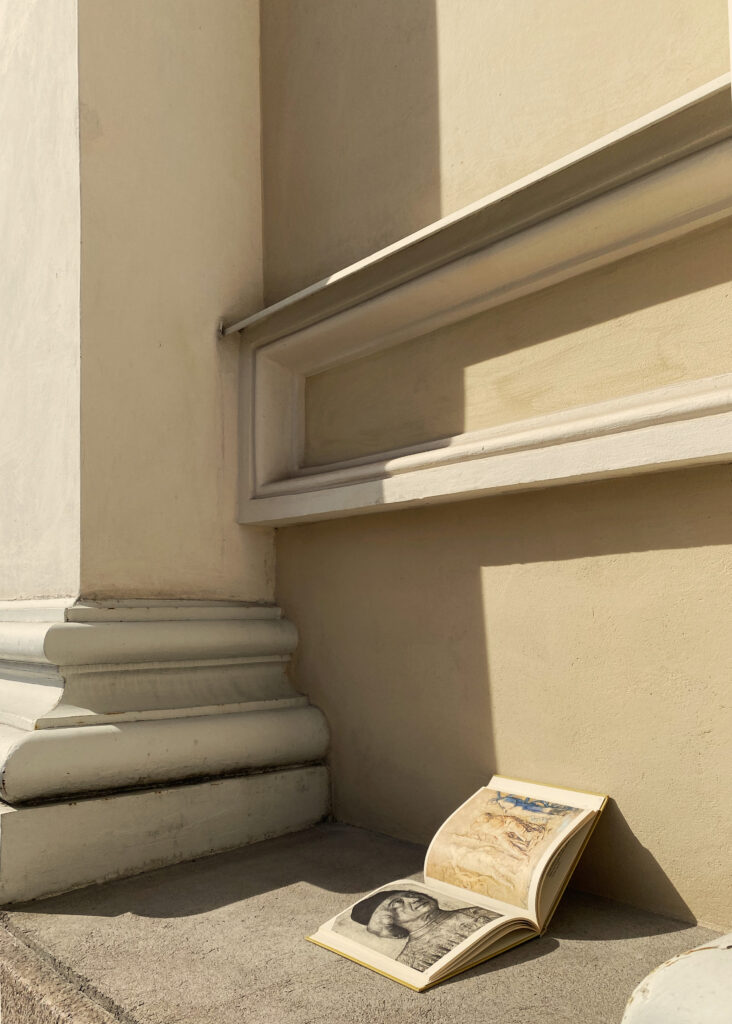
Old book collections provide extraordinary comfort. They prove that knowledge and perceptions change, that we are not supposed to know everything and that the world will never be complete. They remind us of the fleeting nature of truths. You can form entities by studying the pieces. Things will work out, and imagination is one of the most magnificent ways of finding meaning and joy in one’s life.The worse the world situation, the more reassuring it is to touch rag paper from the 18th century and find that somebody tested their quill pen on the book’s flap 200 years ago, its imperfect letter-spacing revealing the human touch. You open F.E. Sillanpää’s book Rippi (“Confession”) and find that somebody has scribbled in blue ballpoint on the flyleaf: Amor vincit omnia.

Päivi Häikiö’s hints & tips to book collections and reading rooms in Helsinki
The Finnish Heritage Agency’s library, Sturenkatu 2 a
Next door to the Linnanmäki amusement park, there is a slightly suspicious-looking gate, which, however, will be worth your while to open. At the top of the slate stairs, you can access the lobby of the Heritage Agency, and another set of stairs leads to the fantastically bright and cosy reading room.
The National Library of Finland, Unioninkatu 36
This space lives and breathes culture and sophistication but in a beautifully inclusive way. Knowledge is for everybody. You should make the National Library your own; if you dare to let go of your specific objectives, you’ll find a ton of enriching ideas.
The Museum of Finnish Architecture library, Kasarmikatu 24
A low-key, quiet hideaway for those who enjoy books and buildings.
Graphic designer and Art Director Päivi Häikiö, M.A., is an awarded book designer and board member at the Foundation of Finnish Book Institute and at the Finnish Book Art Committee. Her mother says her first word was “kiija”, referring to book in Finnish.
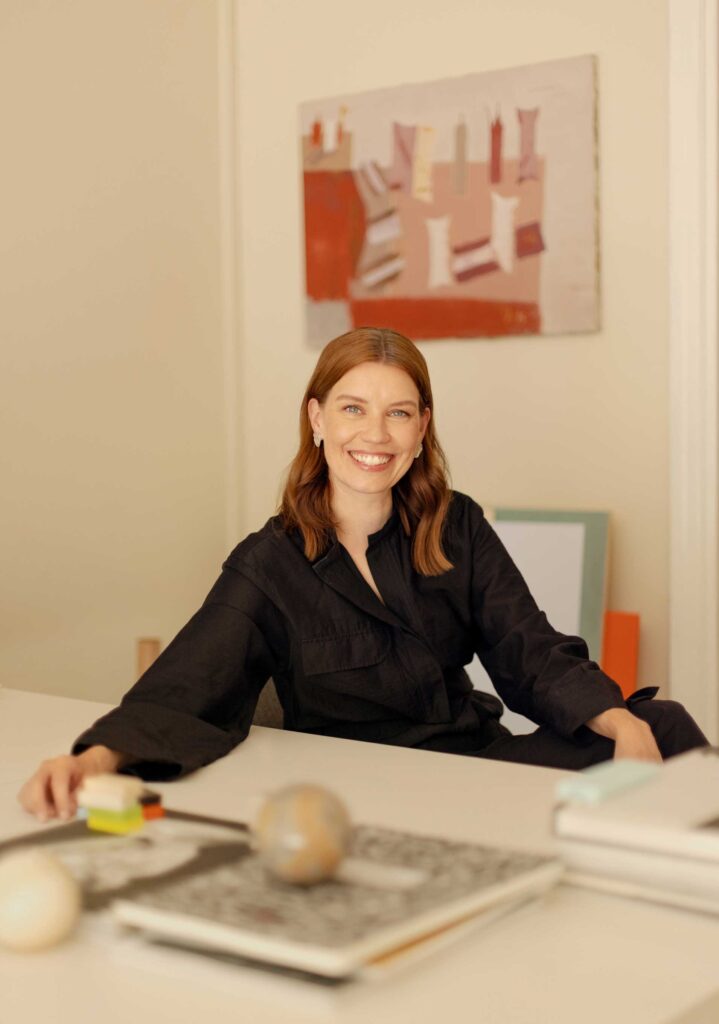
This article is part of a series in which designers talk about their Helsinki experience. In addition to Helsinki Design Weekly, the articles are published at MyHelsinki.fi.